Yoga Blog
Mastering Slow Breathing: Essential Techniques for Deeper Relaxation in Your Yoga Practice
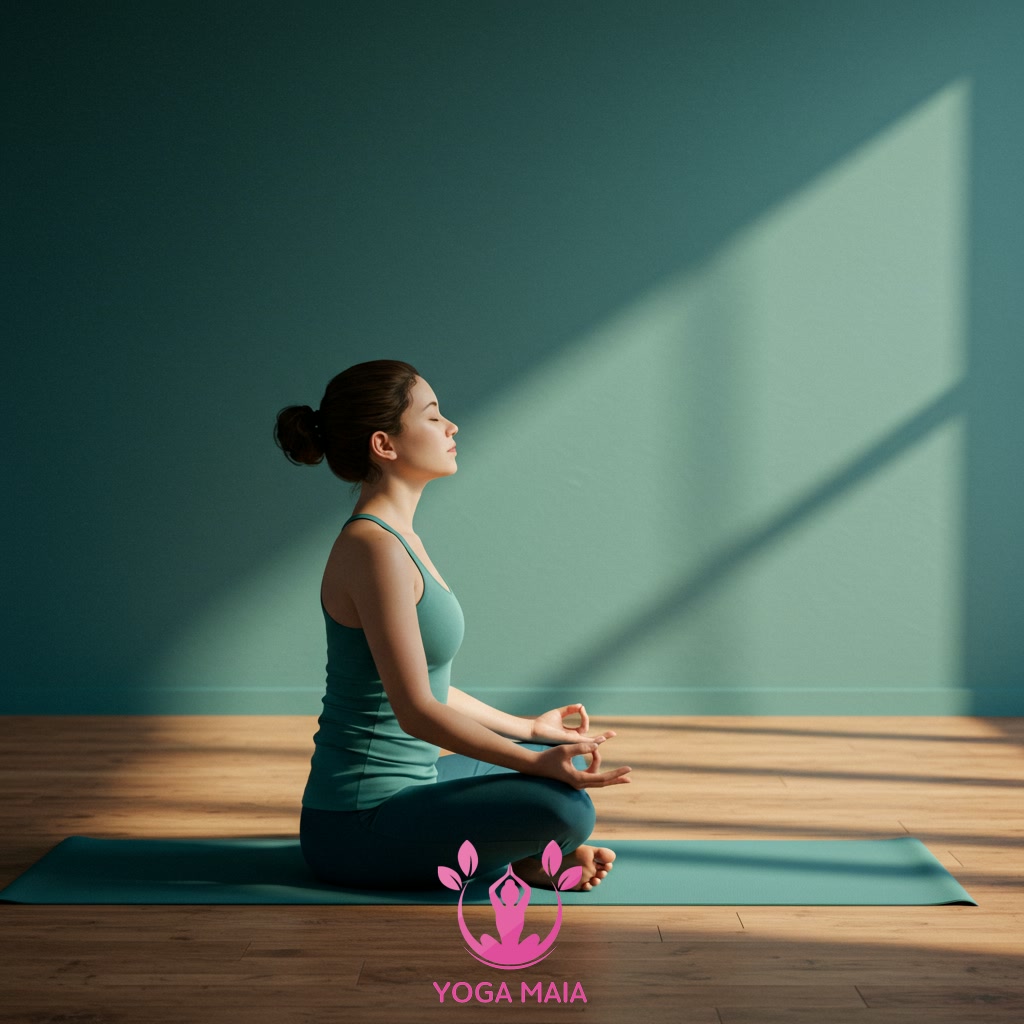
This content explores mastering slow breathing techniques as a core component of yoga practice. It outlines essential methods designed to cultivate deeper states of relaxation and presence. Applying these specific breathing strategies can significantly enhance the calming and restorative benefits of your yoga sessions.
Table of Contents
- Section 1: The Foundation: Understanding Breath’s Role in Yoga
- Section 2: Why Slow Breathing Matters: Benefits for Body and Mind
- Section 3: Essential Slow Breathing Techniques (Pranayama Basics)
- Section 4: Integrating Slow Breathing into Your Yoga Practice (Asana & Meditation)
- Section 5: Cultivating Deeper Relaxation Through Consistent Practice
Section 1: The Foundation: Understanding Breath’s Role in Yoga
In yoga, breath is not merely a physiological process; it is considered the very foundation of practice, known as *prana* or life force. Understanding breath’s role is crucial because it serves as a vital link between the body and the mind. Conscious breathing, or *pranayama*, helps to anchor your awareness in the present moment, calming the nervous system and preparing you for deeper physical postures and meditation. By intentionally regulating your inhale and exhale, you gain greater control over your energy levels and emotional state, making the breath a powerful tool for cultivating focus, relaxation, and inner peace throughout your yoga journey.
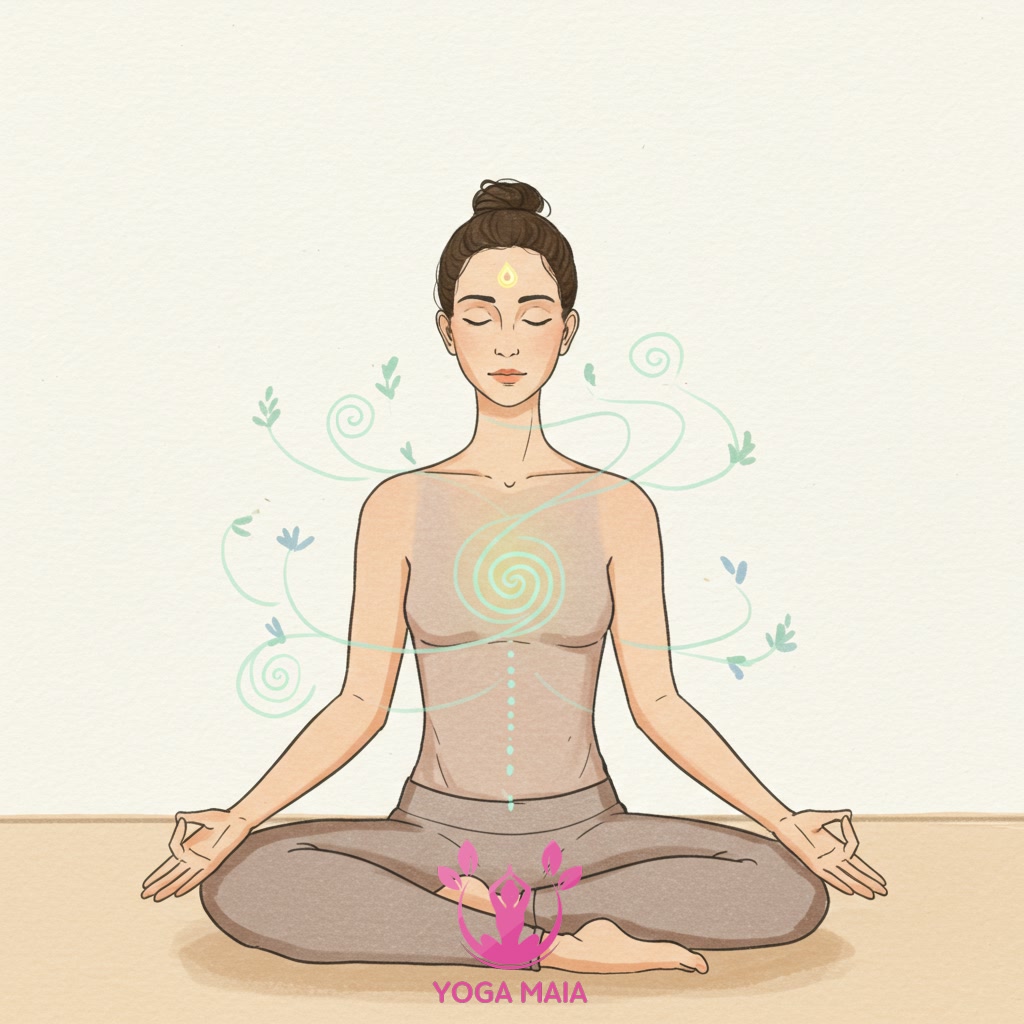 The Foundation: Understanding Breath’s Role in Yoga
The Foundation: Understanding Breath’s Role in Yoga
Section 2: Why Slow Breathing Matters: Benefits for Body and Mind
Slow breathing is more than just a technique; it’s a powerful tool that significantly impacts both your physical and mental states during yoga and beyond. By deliberately slowing down the breath, you activate the parasympathetic nervous system, the body’s “rest and digest” mode. This counteracts the stress response, lowering heart rate and blood pressure. Mentally, a slower breath helps quiet the incessant chatter of the mind, enhancing focus and presence. This increased clarity allows you to connect more deeply with your body’s sensations and the present moment in your practice. The physical relaxation fostered by calm breathing also releases muscular tension, making poses more accessible and comfortable, ultimately paving the way for deeper relaxation and meditation.
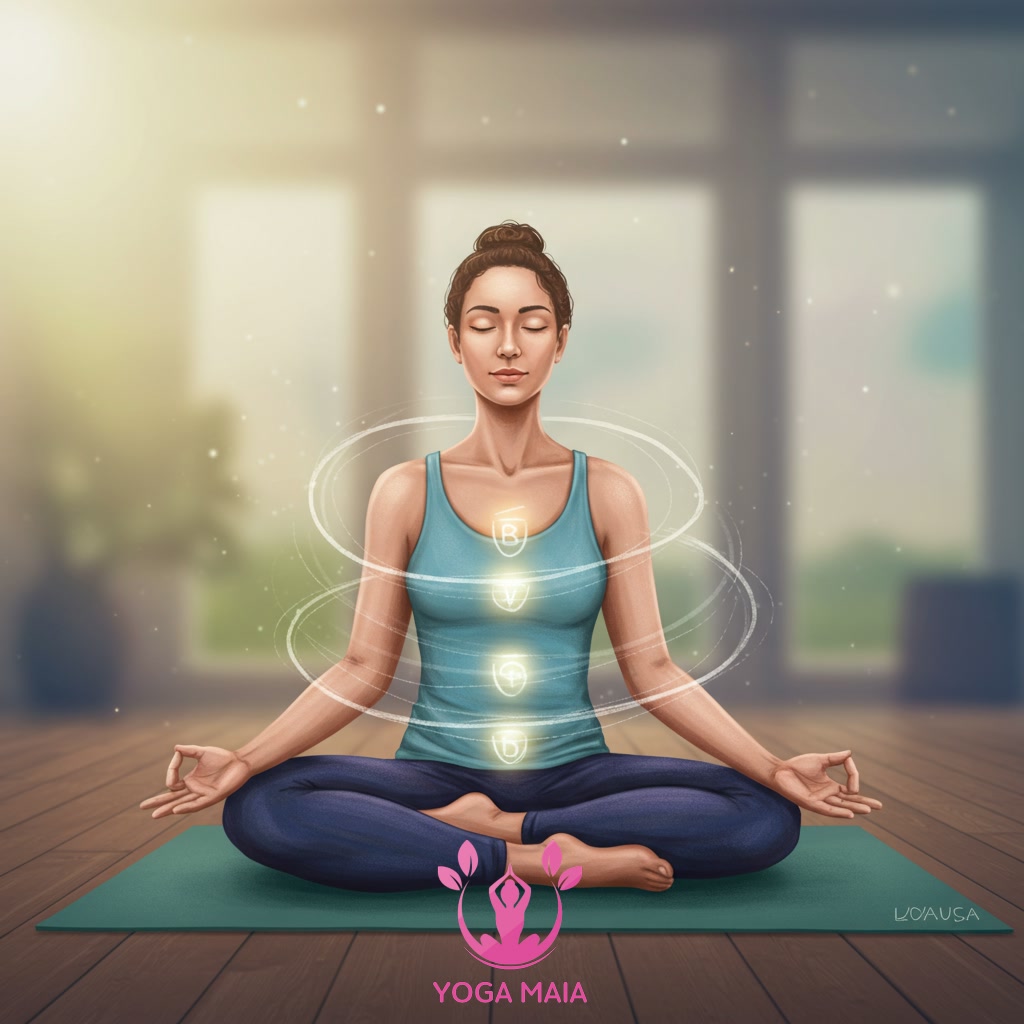 Why Slow Breathing Matters: Benefits for Body and Mind
Why Slow Breathing Matters: Benefits for Body and Mind
Section 3: Essential Slow Breathing Techniques (Pranayama Basics)
Building upon the understanding of slow breathing’s profound effects, we now delve into essential techniques fundamental to Pranayama, the yogic practice of breath control, specifically geared towards cultivating deeper relaxation. The most accessible starting point is often conscious abdominal breathing (Diaphragmatic Breathing). This involves inhaling deeply into the belly, allowing the abdomen to rise, and exhaling slowly, feeling the abdomen gently fall. Another key technique is Ujjayi breath (Victorious Breath), which involves a slight constriction at the back of the throat during both inhale and exhale, creating a soft ocean-like sound. Practicing these basic methods helps to lengthen and smooth the breath, shifting the nervous system towards a state of calm and preparing both body and mind for deeper postures and meditation within your yoga session.
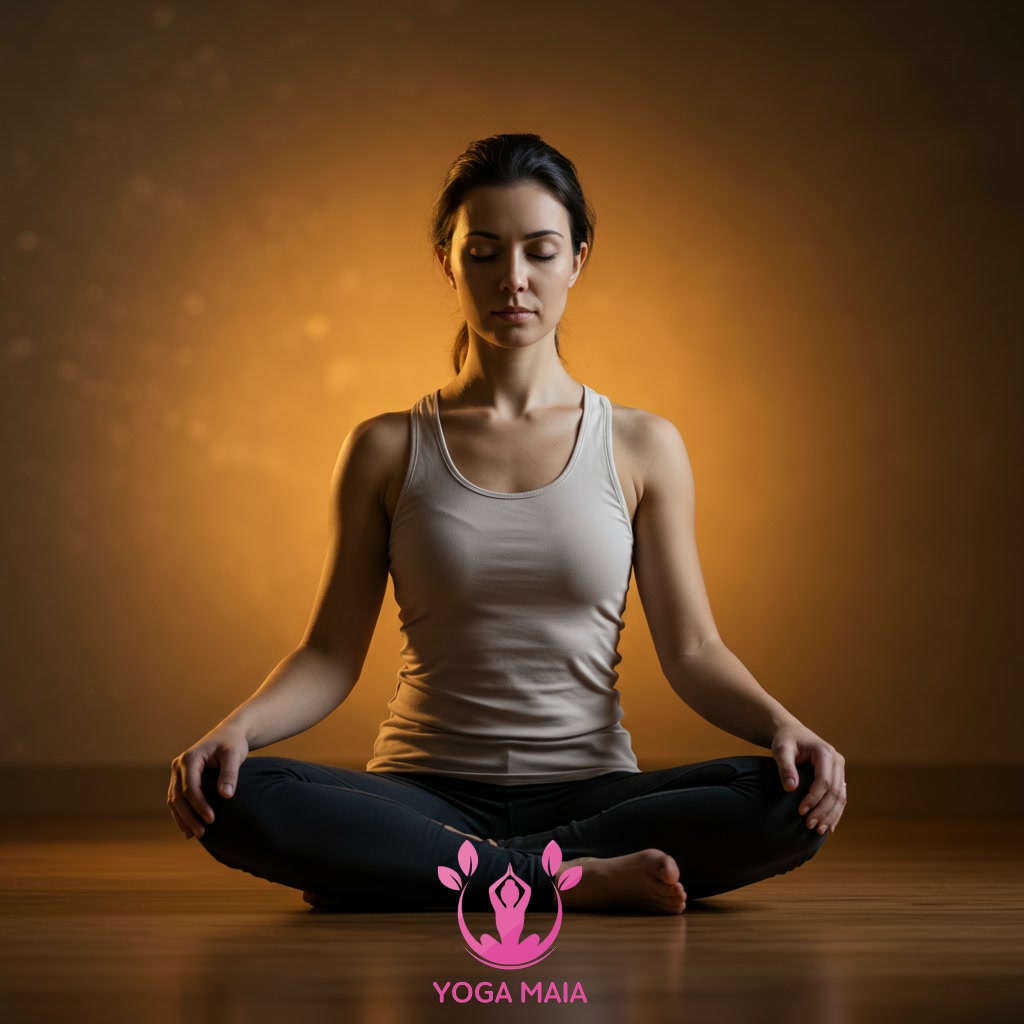 Essential Slow Breathing Techniques (Pranayama Basics)
Essential Slow Breathing Techniques (Pranayama Basics)
Section 4: Integrating Slow Breathing into Your Yoga Practice (Asana & Meditation)
Building upon the fundamental slow breathing techniques previously discussed, integrating these methods seamlessly into your yoga practice, both during asana and meditation, is key to unlocking deeper relaxation. During asana, consciously link your slow, steady inhales and exhales to your movements. For instance, inhale as you expand or lift into a pose and exhale as you fold or release. Maintain this mindful breath awareness throughout your sequence, using the rhythm of slow breathing to guide transitions and find stillness within postures. In meditation, slow breathing serves as a primary anchor for the mind. Simple techniques like elongated inhales and exhales, or practices like Ujjayi breath, can help quiet mental chatter and cultivate a state of calm presence. By consistently applying slow breathing in both active and passive aspects of your practice, you amplify the restorative and stress-reducing benefits of yoga, fostering a profound connection between body, mind, and breath.
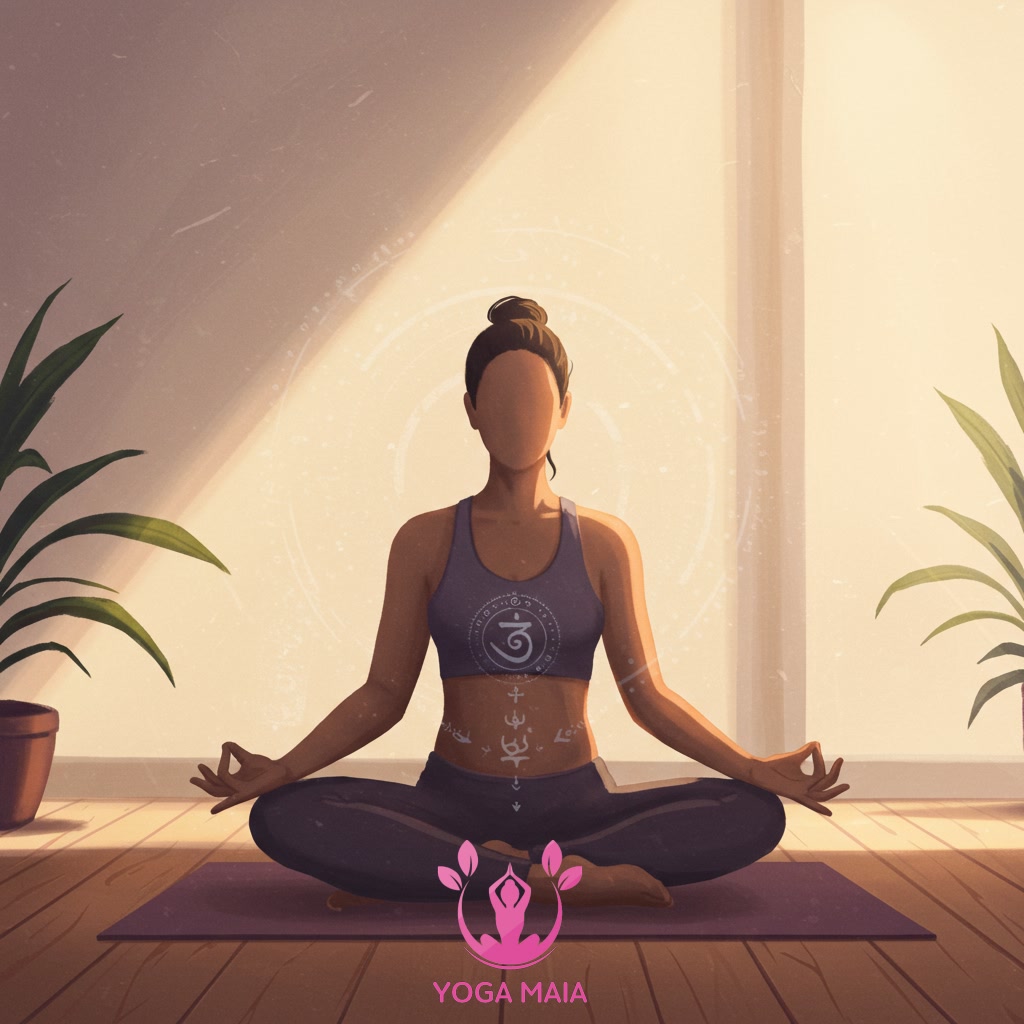 Integrating Slow Breathing into Your Yoga Practice (Asana & Meditation)
Integrating Slow Breathing into Your Yoga Practice (Asana & Meditation)
Section 5: Cultivating Deeper Relaxation Through Consistent Practice
Building on the integration of slow breathing during yoga, cultivating truly profound relaxation is a journey amplified by consistent practice. Regularly applying these techniques, whether during dynamic asana or quiet meditation, creates a cumulative effect. Each session reinforces the body-mind connection, gradually making conscious, slow breathing a more natural and effortless anchor. This consistency trains the nervous system to respond more readily to calming cues, diminishing the grip of stress and allowing for deeper surrender within each pose and breath. Over time, the initial effort transforms into an ingrained habit, unlocking levels of tranquility and presence that sporadic practice cannot achieve, making slow breathing a powerful, always-available tool for inner peace.
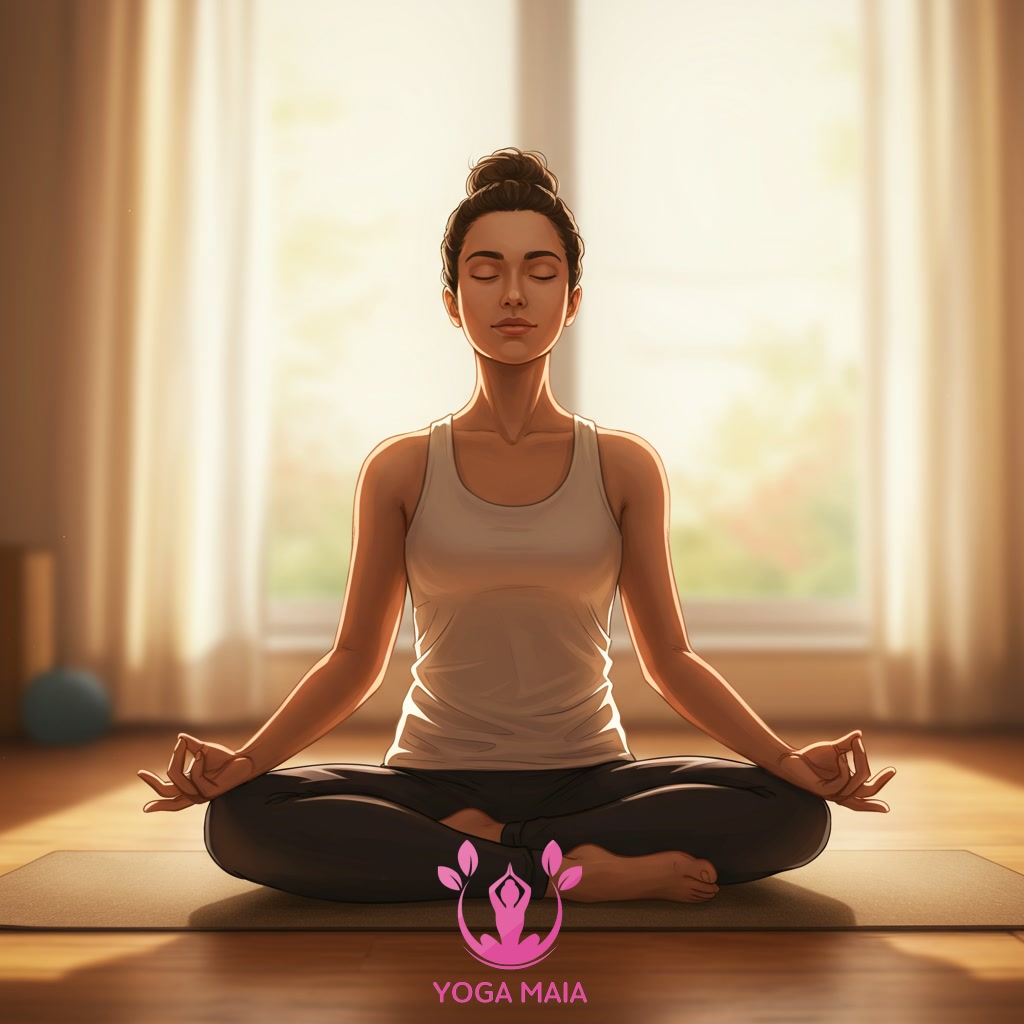 Cultivating Deeper Relaxation Through Consistent Practice
Cultivating Deeper Relaxation Through Consistent Practice












